--
Branding | Project 2 | Olympic Bid
The modern olympics have been held biannually since 1896 (alternating between summer and winter occurring every four years).
Being chosen by the Olympic Committee to host the summer or winter games is a great honor many cities dream to one day achieve. The process is lengthy, involving first an invitation to learn about what hosting the olympics entails, the candidature process and finally becoming an official candidate city, at which point the proposal from each city includes their games concept and strategy, funding, delivery, experience and legacy.
The candidature and planning process requires years of preparation, therefore the next decade+ of Olympic games locations is currently underway. Imagine being charged with designing a logo for an event occurring 10–15 years from now!? What challenges would you face? How can you communicate the essence of a city — it’s culture, it’s people, it’s landscape — while projecting the future? It’s time to consider these questions, because this is your next logo assignment.

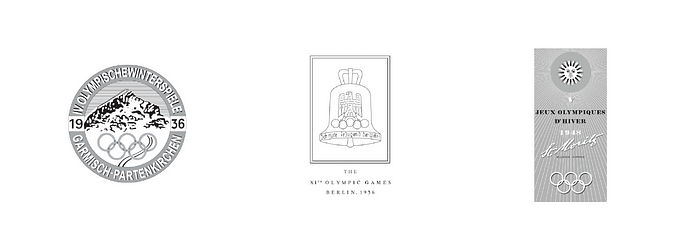
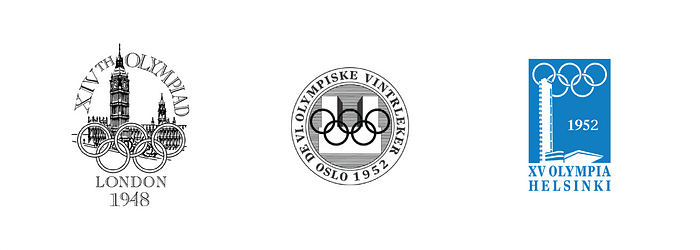

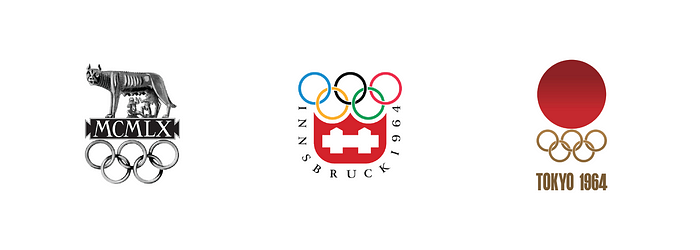

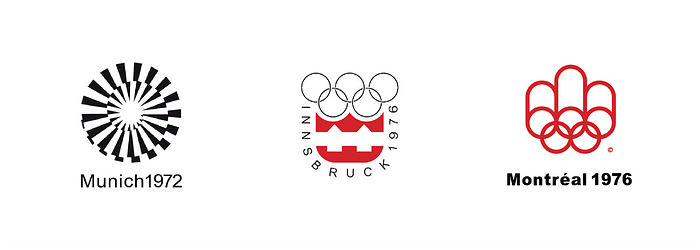

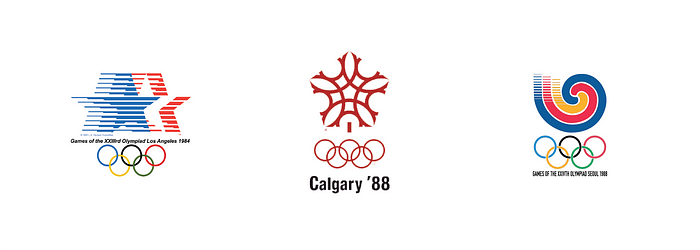
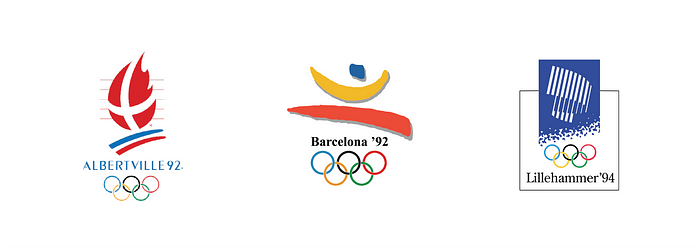
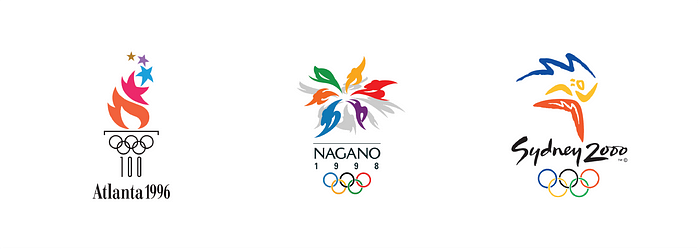
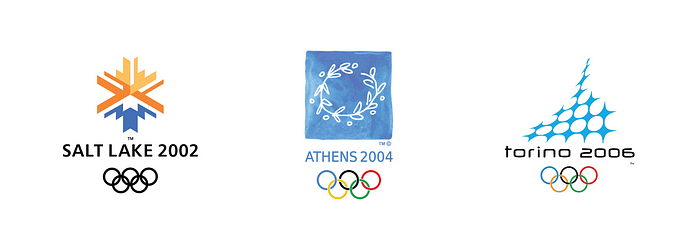
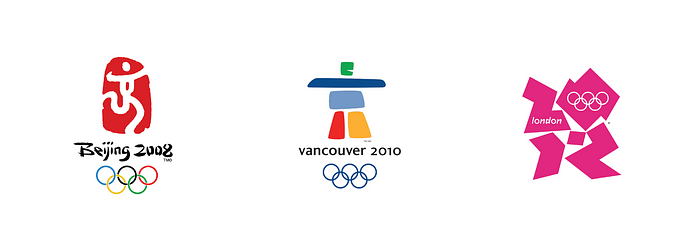
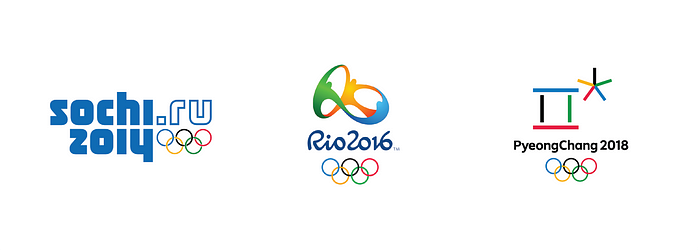
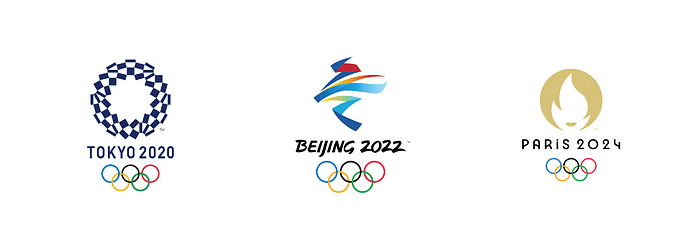
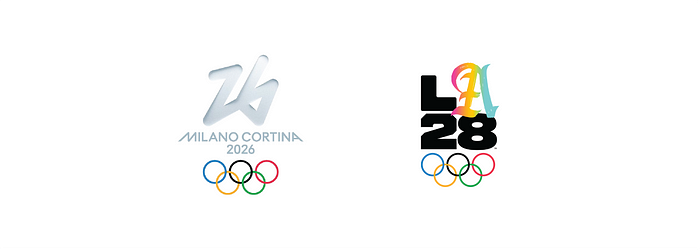
Interestingly, a logo chosen to represent a city for it’s Olympic candidacy is not the same logo used as the official Olympic logo for the final host city. Recently, the Tokyo 2020 Olympic logo marks have gone through even more changes (and challenges):

READ READ READ READ:
Brand New: Olympic Bid
Assignment: Olympic Bid Logo
For this project, you will begin by choosing a city randomly from a hat that has presented a bid for the Olympics in the past, but has never hosted the Olympic games. You will not know if you are working with a summer or winter season until you have selected your city at random.
Please read the following articles as your initial research for this project:
Olympic bidding history
Olympic games candidature process
Milton Glaser Olympic logo critique
Olympic Bid vs. Official Olympic Logos
Summer 2020 Olympic candidate logos
Tokyo 2020 unveils new Olympic logo after plagiarism allegations
New Tokyo 2020 Logo
Once you have chosen your city, begin familiarizing yourself with its history, culture, people and landscape/environment. What makes it unique?
Create a mind map utilizing your research and combine it with information you’ve learned through the articles below about the history of the olympics and their logos.
Begin sketching! Please sketch your logo ideas by hand or digitally with a stylus — do not use existing typefaces or ‘example’ visuals (you may use visual references when sketching, but be wary of copying!
Consider the following Olympic bid logo criteria:
- Able to be trademarked
- Created within a limited bid budget and timeframe (remember this isn’t the real deal — win or no win — it will be thrown away eventually)
- Engage business, government, sponsors to raise funds for the bid
- Make a statement about the host city — an Olympic bid is surely an exercise in tourism and business, if nothing else
- Excite the host city and country, and get everybody behind the bid
- Appeal to IOC (International Olympic Committee) members
- Not take away from the possibilities of what could be if the bid is successful
- Be a symbol of what the bid represents — the bit people passing judgement seem to forget, what is the brand beyond the logo? What does the bid stand for?
DUE 2/12: Research: mindmapping/brainstorming, initial ideas/sketches on loose paper/printed for group/individual critique.
DUE 2/17: 50 sketches: spanning all categories of logo design. Silent critique.
DUE 2/19: Studio day.
DUE 2/24: 3 Revised Logos: black & white, mark or wordmark ONLY.
*if you were instructed to do more sketching, please bring in all of your sketches for critique as well as any revised logos you were instructed to move forward with (if you did not have any solutions strong enough to move forward with, keep doing research, brainstorming and MORE SKETCHING!!!!)DUE 2/26: One final b&w logo: 12 type variations, printed, 4 per 11"x17" sheet.
READ: https://www.thecreativefactor.co/articles/paris-olympic-logo-designer-sylvain-boyer
DUE 3/10: Revised Final B&W Logo(s) with type: choose one and create 20 color trials. Please print your B&W logo on an 8.5x11 sheet at 1" and 4" in size, and your 20 color trials printed 4 per 8.5x11 sheet (6 sheets total).
DUE 3/12: Studio day. Final feedback will be given on first come, first serve basis. Finalize your marks (main and minimum 3 alt marks), type, and color. Start putting together your mockups. I will send a submission template.
DUE 3/17: Final Olympic Logo: Please refer to the email and Ai template for final submission. Introduce project 3
REMEMBER TO POST EVERYTHING TO YOUR MEDIUM
